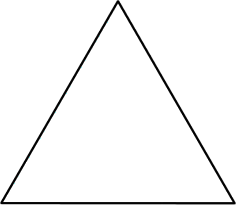16 SEP 2011 by ideonexus
 Convergent Evolution in Mammals and Marsupials
Convergent Evolution in Mammals and Marsupials
The most famous example of different species filling similar roles
involves the marsupial mammals, now found mainly in Australia
(the Virginia opossum is a familiar exception), and placental mammals,
which predominate elsewhere in the world. The two groups show important
anatomical differences, most notably in their reproductive systems
(almost all marsupials have pouches and give birth to very undeveloped
young, while placentals have placentas that enable young to be born at
a more advanced ...Although they have very different reproductive strategies, the two groups have many parallels in species adapted to the same environments.
16 SEP 2011 by ideonexus
 Mammals Produce Useless Yolks
Mammals Produce Useless Yolks
Vestigial genes can go hand in hand with vestigial structures. We
mammals evolved from reptilian ancestors that laid eggs. With the
exceptions of the “monotremes” (the order of mammals that includes
the Australian spiny anteater and duck-billed platypus), mammals have
dispensed with egg-laying, and mothers nourish their young directly
through the placenta instead of by providing a storehouse of yolk. And
mammals carry three genes that, in reptiles and birds, produce the
nutritious protein...Because they evolve from egg-laying reptiles, they have dead genes for producing yolks and even produce yolks in the placenta.




